There can be your advertisement
300x150
Antitrends: 7 Things to Avoid in Your Interior
Outdated solutions that prevent your home from looking modern
Interior fashion constantly changes, and what seemed stylish yesterday now looks hopelessly outdated. Some solutions were popular in the early 2000s and considered a sign of expensive renovation, but over time they lost relevance, while others looked questionable from the start but were used for savings. To keep your home from looking old-fashioned, it's important to know antitrends and avoid them in your interior.
Photo wallpapers with landscapes
Photo wallpapers featuring forests, waterfalls or city panoramas were once popular but are now seen as relics of the past and make interiors look cheap. Moreover, these images quickly become tiring and prevent creating a neutral background for decor.
What to replace them with: opt for solid-colored walls or calm geometric prints, and consider decorative plaster or textured wallpapers that add depth.
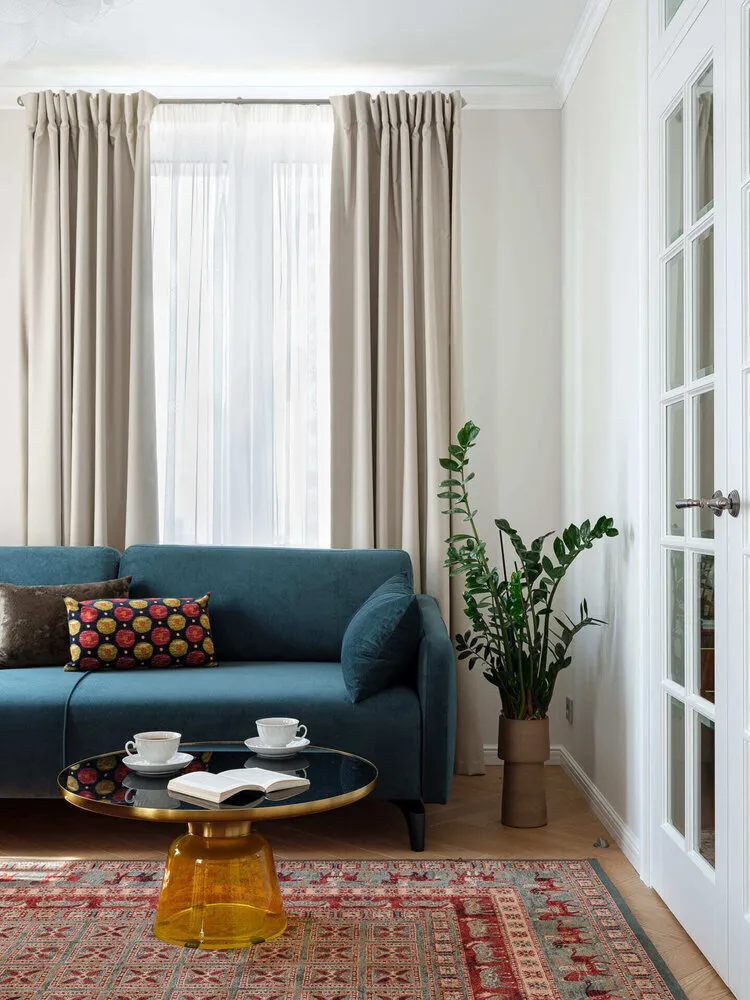 Design: M-Bureau Design Interiors
Design: M-Bureau Design InteriorsClosets with aluminum frames
These closets were long considered convenient, but today they are associated with cheap offices and outdated apartments. Metal profiles and sliding doors look bulky and visually devalue the space. They also rarely fit into modern design.
What to replace them with: prefer built-in storage systems with smooth facades—models in wood or minimalist matte surfaces work best.
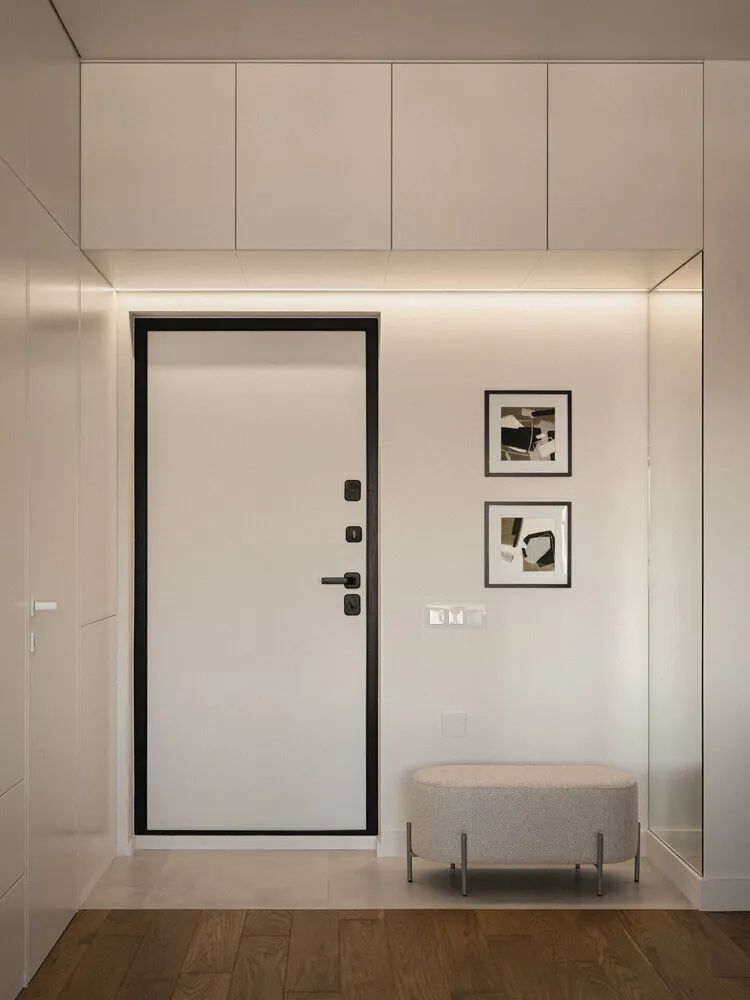 Design: Anna Lutskovich
Design: Anna LutskovichVibrant laminate
Floors in cherry or with a strong red undertone instantly reveal old renovations. Such laminate doesn't pair well with furniture and textiles, creating an unnatural background that adds heaviness instead of coziness.
What to replace them with: it's better to use natural wood tones with soft texture—light beige or gray-brown hues are universal solutions.
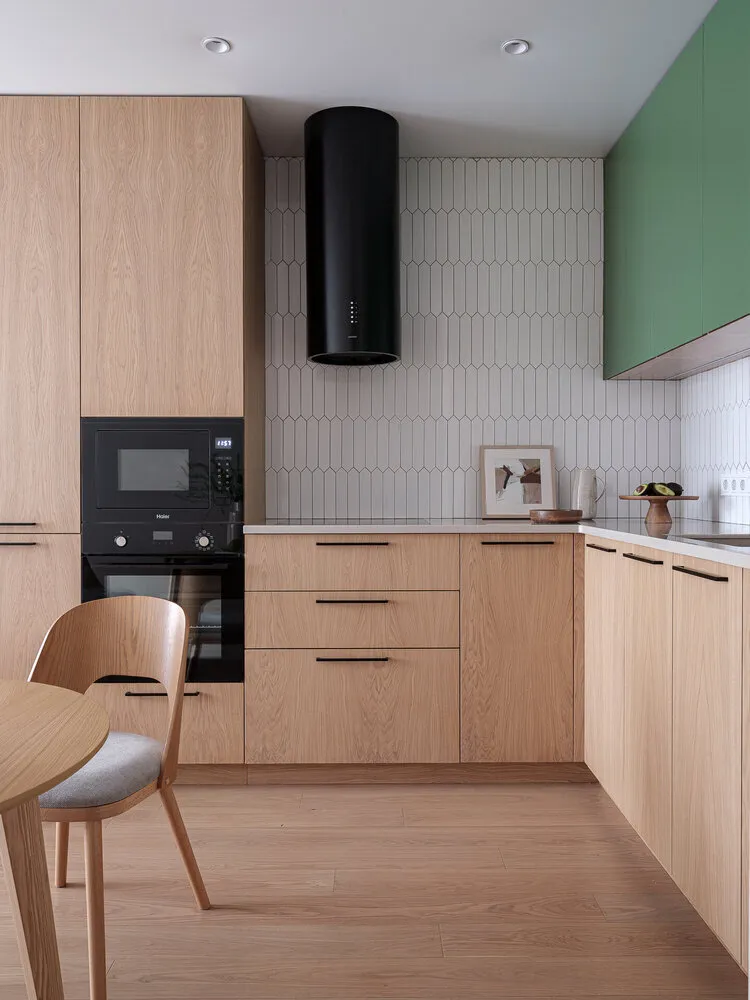 Design: Anna Mal'tseva
Design: Anna Mal'tsevaPlastic baseboards
Baseboards are noticeable in an interior, and cheap plastic ones stand out even more. They quickly lose their attractive appearance, crack, and don't match modern flooring, so even a neat renovation looks unappealing.
What to replace them with: prefer MDF or painted wood baseboards—they last longer and look much more solid.
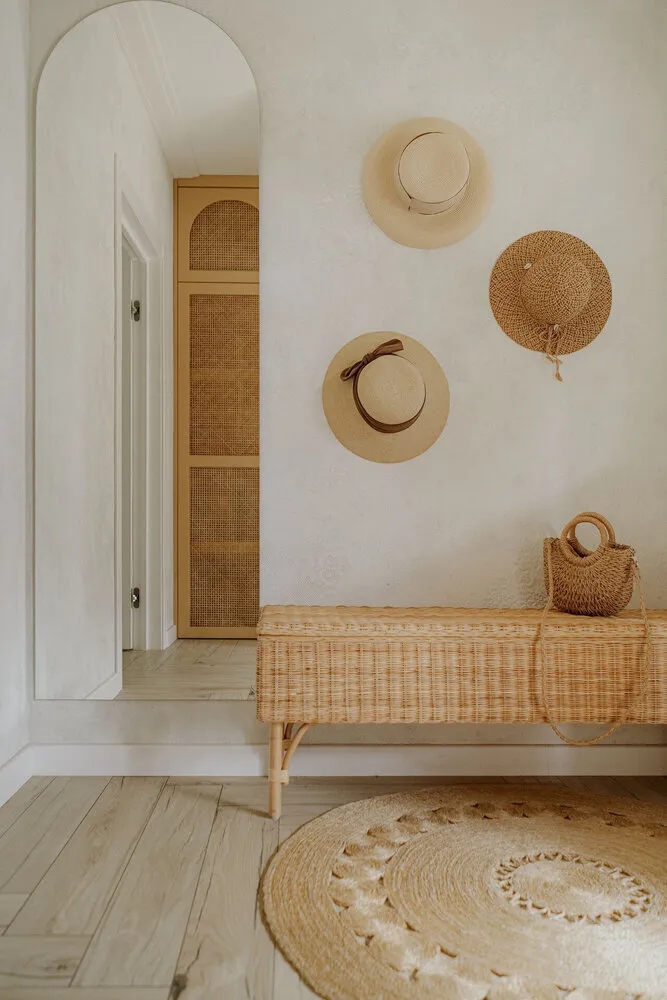 Design: Design Bureau BALAGAN
Design: Design Bureau BALAGANFurniture on footrests
Cabinets and dressers with heavy, ornate legs have lost their relevance: they don't add elegance but create a bulky feeling and make the interior look outdated. These models are hard to integrate into light modern spaces.
What to replace them with: consider furniture on thin straight legs or floating mounting options, which look lighter and visually free up the space.
 Design: Alisa Vusevich
Design: Alisa VusevichOpen shelves with chaotic items
Originally designed as accents, these constructions turn into dusty showcases without a strict storage system. A lot of random items make the interior cluttered, and maintaining perfect order on such shelves is difficult.
What to replace them with: prefer closed cabinets or combined models with doors, and for decoration leave only a few open shelves neatly arranged.
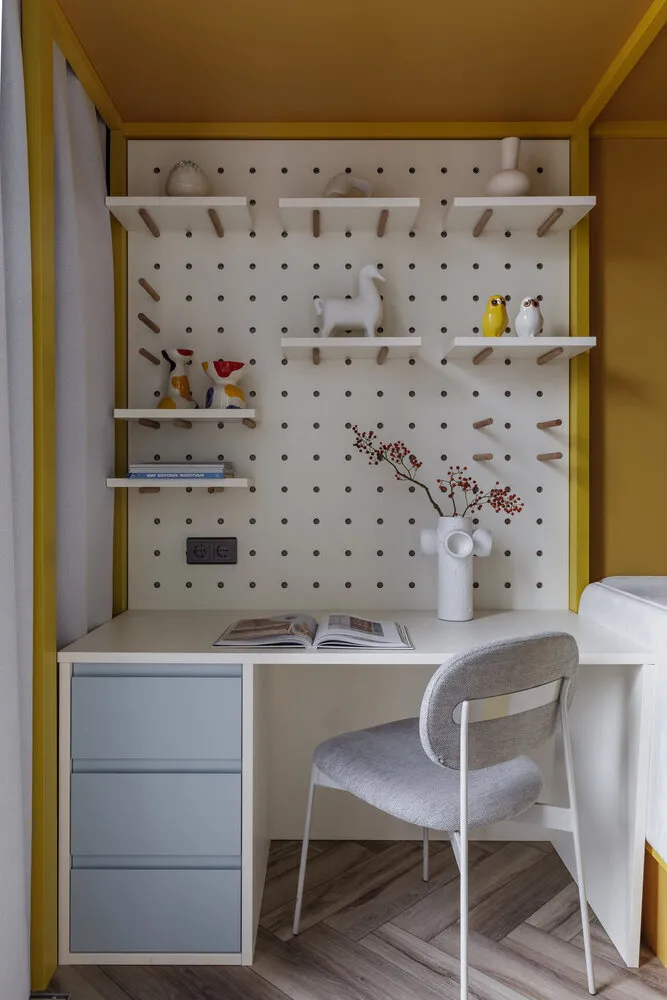 Design: Ekaterina Mishchenko
Design: Ekaterina MishchenkoHeavy beds with faux leather headboards
These models were once seen as a symbol of comfort, but now they look outdated. Artificial leather cracks quickly and gives the bedroom a cheap appearance.
What to replace them with: opt for minimalist beds with textile upholstery, and soft-toned fabrics will add warmth.
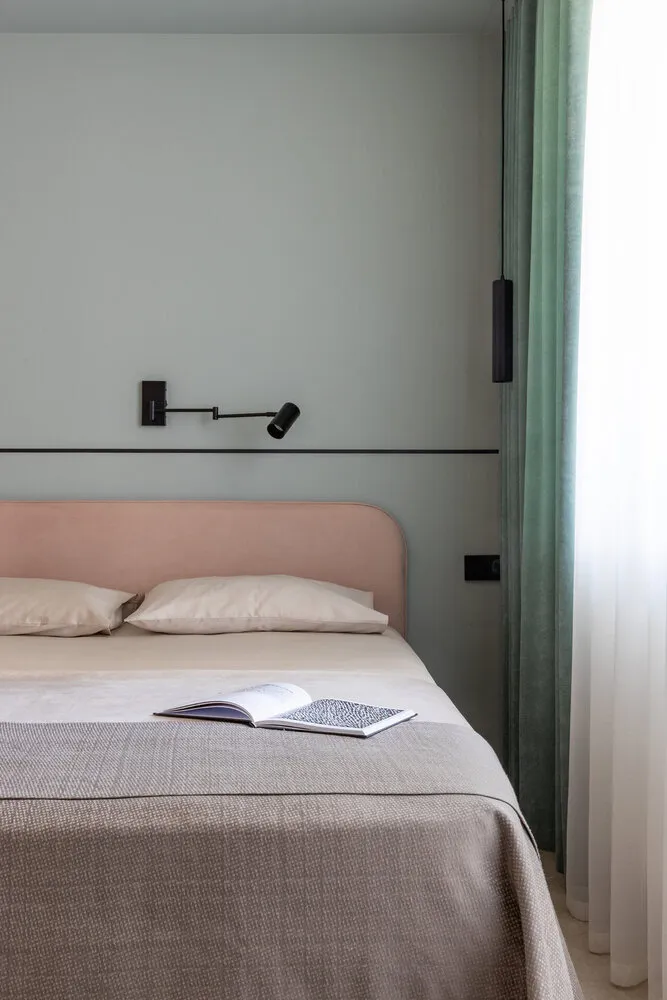 Design: Ekaterina Kotalievskaya
Design: Ekaterina KotalievskayaEven a couple of outdated details can ruin the impression of your entire home. By removing old solutions and choosing quality materials and simple forms, you can create an atmosphere that will remain relevant for decades.
More articles:
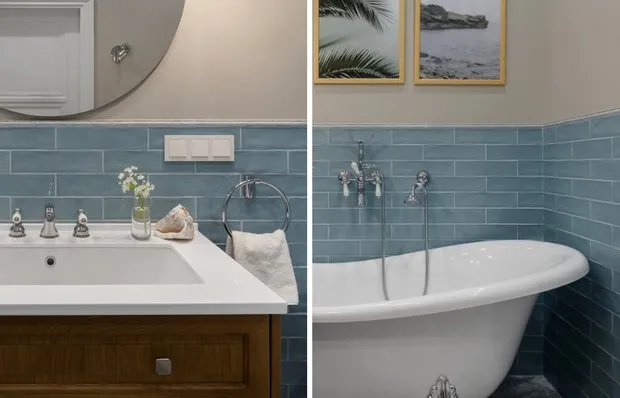 Oasis of Comfort and Beauty: How We Designed the Bathroom in a St. Petersburg Apartment
Oasis of Comfort and Beauty: How We Designed the Bathroom in a St. Petersburg Apartment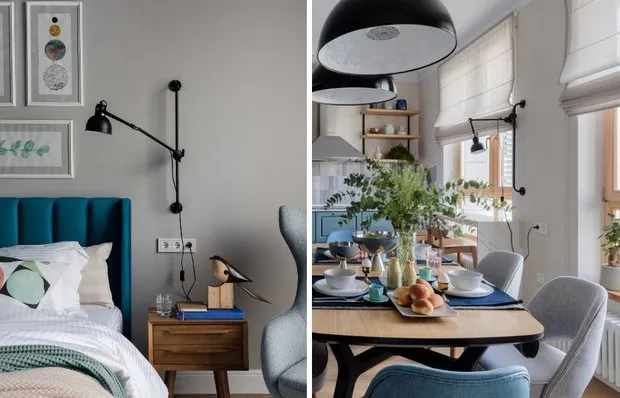 7 Ideas We Spotted in an Impressive St. Petersburg Trash Apartment
7 Ideas We Spotted in an Impressive St. Petersburg Trash Apartment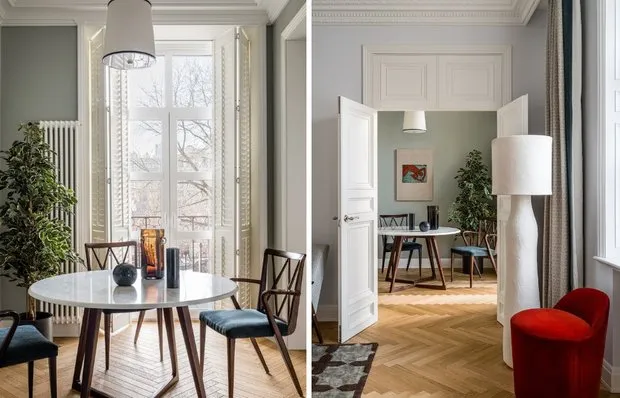 8 Solutions for a Stylish Studio in a Historic House You Can Replicate
8 Solutions for a Stylish Studio in a Historic House You Can Replicate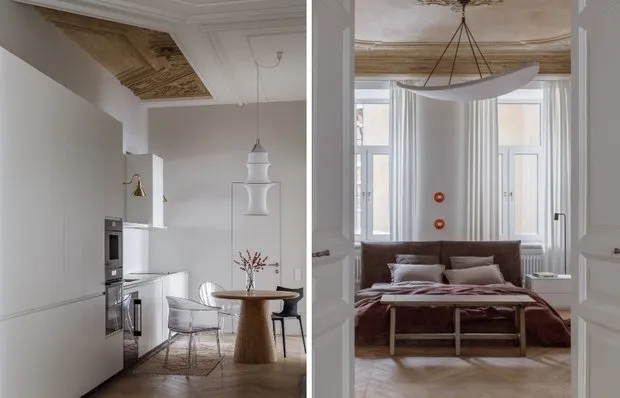 6 Ideas from a Penthouse Apartment That Will Inspire Renovations
6 Ideas from a Penthouse Apartment That Will Inspire Renovations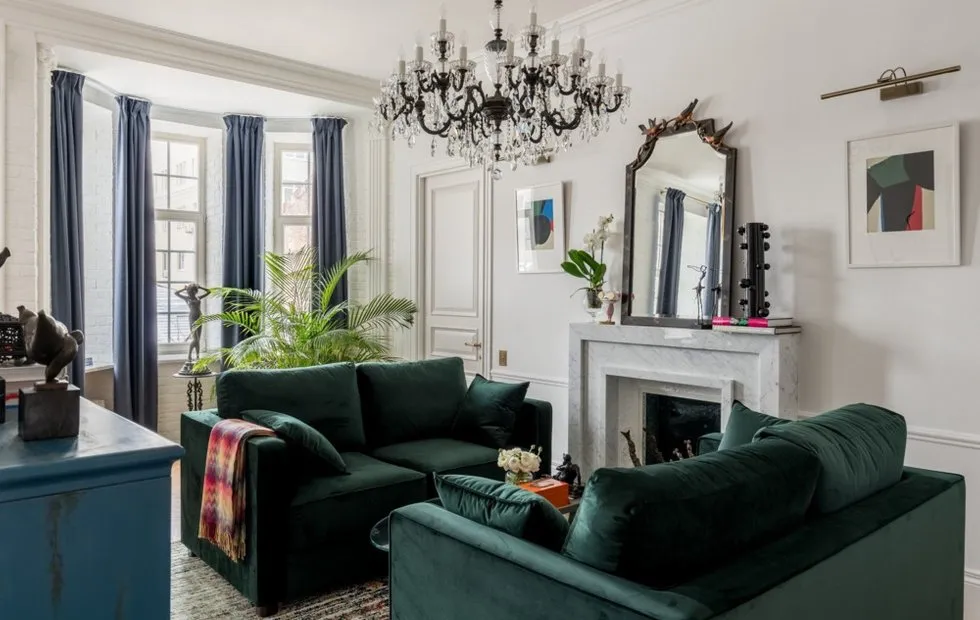 Vintage and Modern: How to Combine Old and New in Interior Design
Vintage and Modern: How to Combine Old and New in Interior Design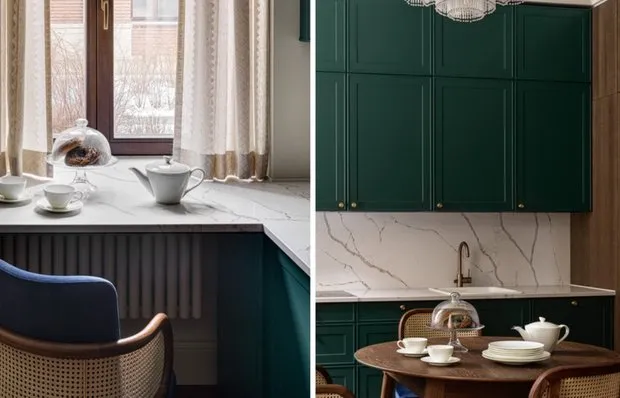 How We Designed an Emerald Kitchen in an Apartment Inspired by Oblomov's Image
How We Designed an Emerald Kitchen in an Apartment Inspired by Oblomov's Image 7 Ideas from a Townhouse in the Spirit of Oblomov That You Can Replicate in Your Interior
7 Ideas from a Townhouse in the Spirit of Oblomov That You Can Replicate in Your Interior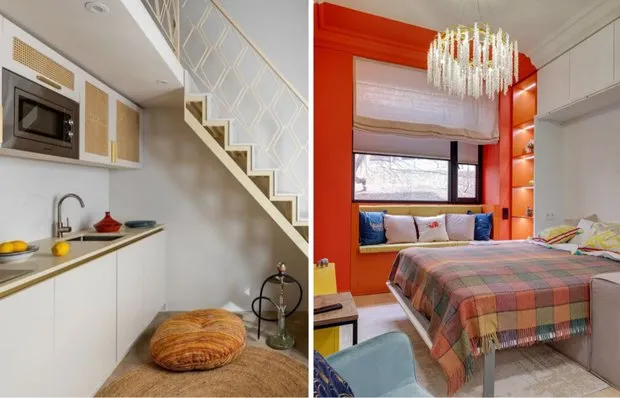 How to Maximize Small Spaces: 5 Mini Studios Up to 25 m²
How to Maximize Small Spaces: 5 Mini Studios Up to 25 m²